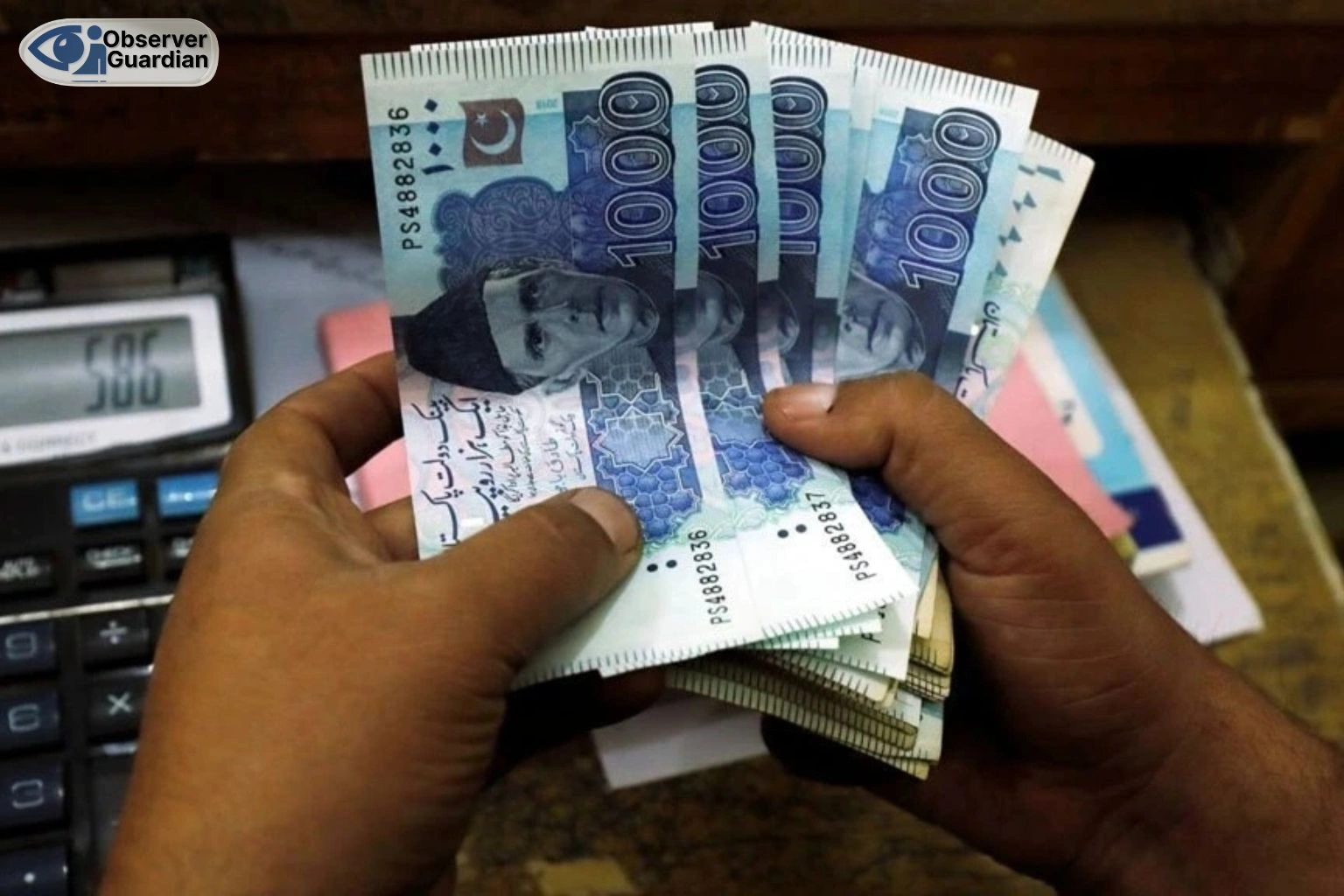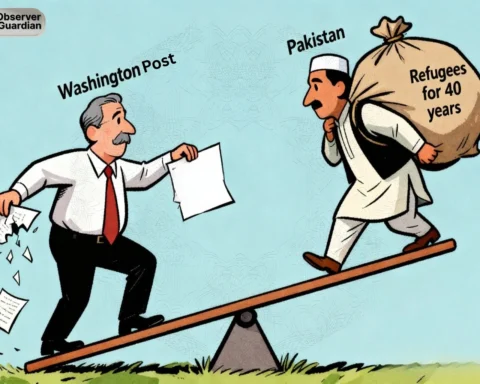Pakistan’s public debt has reached alarming levels, with new figures revealing that every citizen now effectively owes Rs. 318,252. This surge in debt highlights the country’s worsening financial crisis, driven by continuous borrowing to cover fiscal deficits, rising interest payments, and weak revenue generation. The ballooning debt burden has sparked serious concerns about economic sustainability, financial independence, and the long-term future of the nation’s economy.
Experts warn that Pakistan’s heavy reliance on both domestic and external loans is creating a cycle of dependency. While loans help the government plug short-term gaps, they also add to interest liabilities that eat up a large portion of the budget. The burden of repayment is ultimately passed on to citizens, who already struggle with inflation, unemployment, and shrinking purchasing power.
Background and Reasons Behind the Growing Debt
The roots of Pakistan’s debt problem lie in decades of fiscal mismanagement, low tax collection, and over-dependence on imports. Persistent trade deficits, coupled with expensive energy imports and a weak export base, have forced successive governments to rely on international lenders such as the IMF, World Bank, and friendly nations. Domestically, the government’s high expenditure and subsidies, without corresponding growth in revenue, further widen the fiscal gap.
Over the years, debt servicing has become one of the largest components of Pakistan’s annual budget. With rising global interest rates and the depreciation of the Pakistani rupee, the cost of repaying external loans has escalated sharply, further worsening the crisis.
The Impact on Ordinary Citizens
While the numbers are presented in national accounts, the real burden falls on the shoulders of everyday Pakistanis. Rising debt often translates into higher taxes, reduced subsidies, and cuts in development spending. Citizens experience the impact in the form of more expensive utilities, fuel, and food, as well as fewer job opportunities and slower infrastructure development.
UK to Roll Out Free Digital ID to Tackle Illegal Migration
Government’s Response and Promised Reforms
The government has acknowledged the seriousness of the debt crisis and has pledged to implement reforms aimed at stabilizing the economy. Efforts include improving tax collection, reducing non-essential imports, and increasing exports through targeted incentives. Officials argue that structural reforms and better fiscal discipline are essential if Pakistan is to break the cycle of borrowing and repayment.
At the same time, the government is negotiating new agreements with international lenders to secure bailout packages. While these may provide temporary relief, experts caution that without deep-rooted reforms, such measures will only postpone the crisis rather than resolve it.
The Economic and Political Implications
The rising debt burden has significant economic and political consequences. On the economic front, it restricts Pakistan’s ability to invest in health, education, and infrastructure, as debt servicing consumes much of the national budget. Politically, the crisis undermines public confidence in the government, fueling discontent and unrest. Opposition parties have already seized on the issue, blaming mismanagement and corruption for the spiraling crisis.







